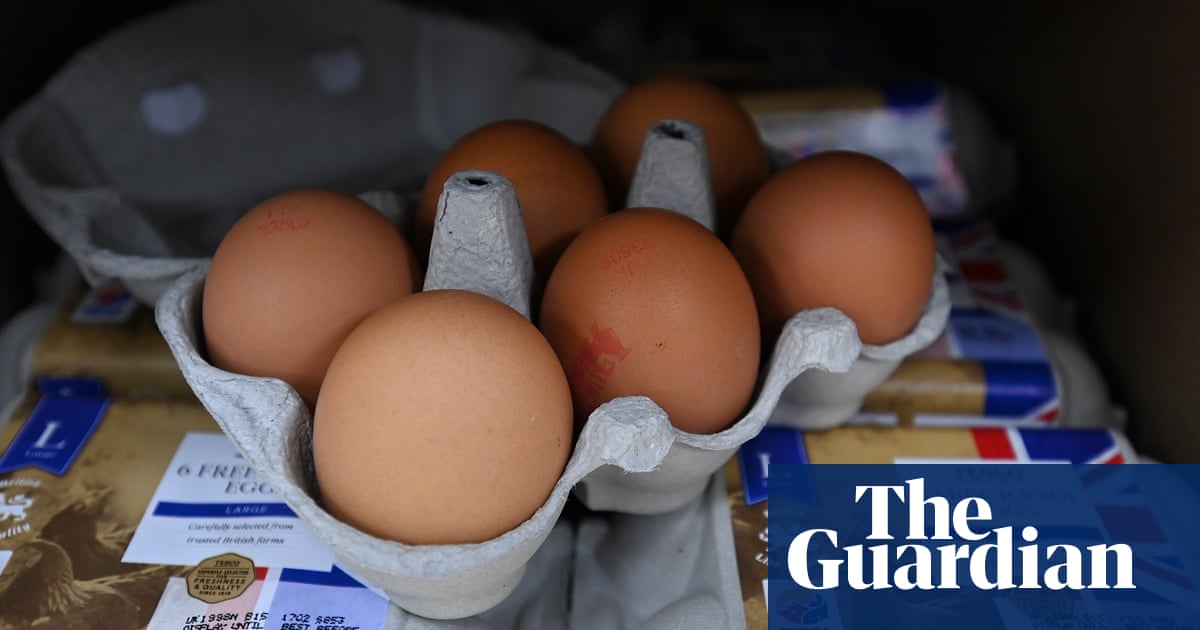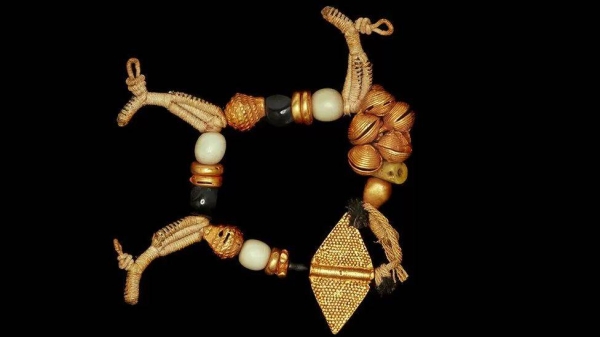
They are about the same size as a standard Easter egg, but are rather older – with some specimens dating back five millennia to the early bronze age.
A collection of decorated ostrich eggs belonging to the British Museum in London has been reexamined by experts in an effort to understand where they originated, and how their often elaborately painted or engraved designs were created.
Until now, most academic study of the eggs has been stylistic, focusing on their designs. An international team of archaeologists, led by experts from the universities of Bristol and Durham, set out to discover more about how cultures across a broad swathe of the Mediterranean, north Africa and the Middle East secured their eggs, and how the highly prized items were made.
Their findings, published on Thursday in the magazine Antiquity, reveal that the system by which ostrich eggs were sourced, produced and traded by the elite in society across cultures was “much more complicated than we had imagined”, according to the project leader, Dr Tamar Hodos of Bristol university.
Some specimens recovered from the same archaeological site were found by isotope analysis to have originated in completely different parts of the region, while microscopic scanning revealed the intricacy of the techniques by which their geometric or floral designs were produced, although some of the methods remain a mystery.
Ostrich eggs that had been engraved, painted and embellished with ivory and other precious fittings were highly prized by cultures across the Mediterranean during the bronze and iron ages, with more than two dozen complete and fragmentary specimens – a number of of them exquisitely worked intact eggs – held by the British Museum.
“Ostriches were not indigenous to Europe, so when we find them in Spain or Italy or Greece, they are not coming from there,” Hodos said. “But no one has thought to ask where were they coming from.”
Even in areas where ostriches lived at the time, however, such as in the eastern Mediterranean and north Africa, the eggs excavated by archaeologists had sometimes been sourced from distant regions, their isotope analysis found. “This was a really unexpected discovery – that just because you could source an ostrich egg locally doesn’t mean you necessarily did.
“This opened up new questions such as: in antiquity, was there some prestige value in an egg that was laid in a different climactic zone?”
The team’s microscopic and isotope analysis also suggested that, contrary to their supposition that some later eggs in particular might have been sourced from captive birds, almost all of the specimens were probably collected opportunistically from wild birds, which can be extremely dangerous.
With many more questions having been thrown up by the team’s findings, Hodos said she intended to continue research into their origins.
“Thousands of years before Easter, people were already decorating eggs. We are now closer than ever to cracking the conundrum of who created the eggs and who coveted them,” she said.












